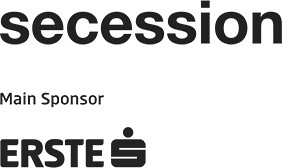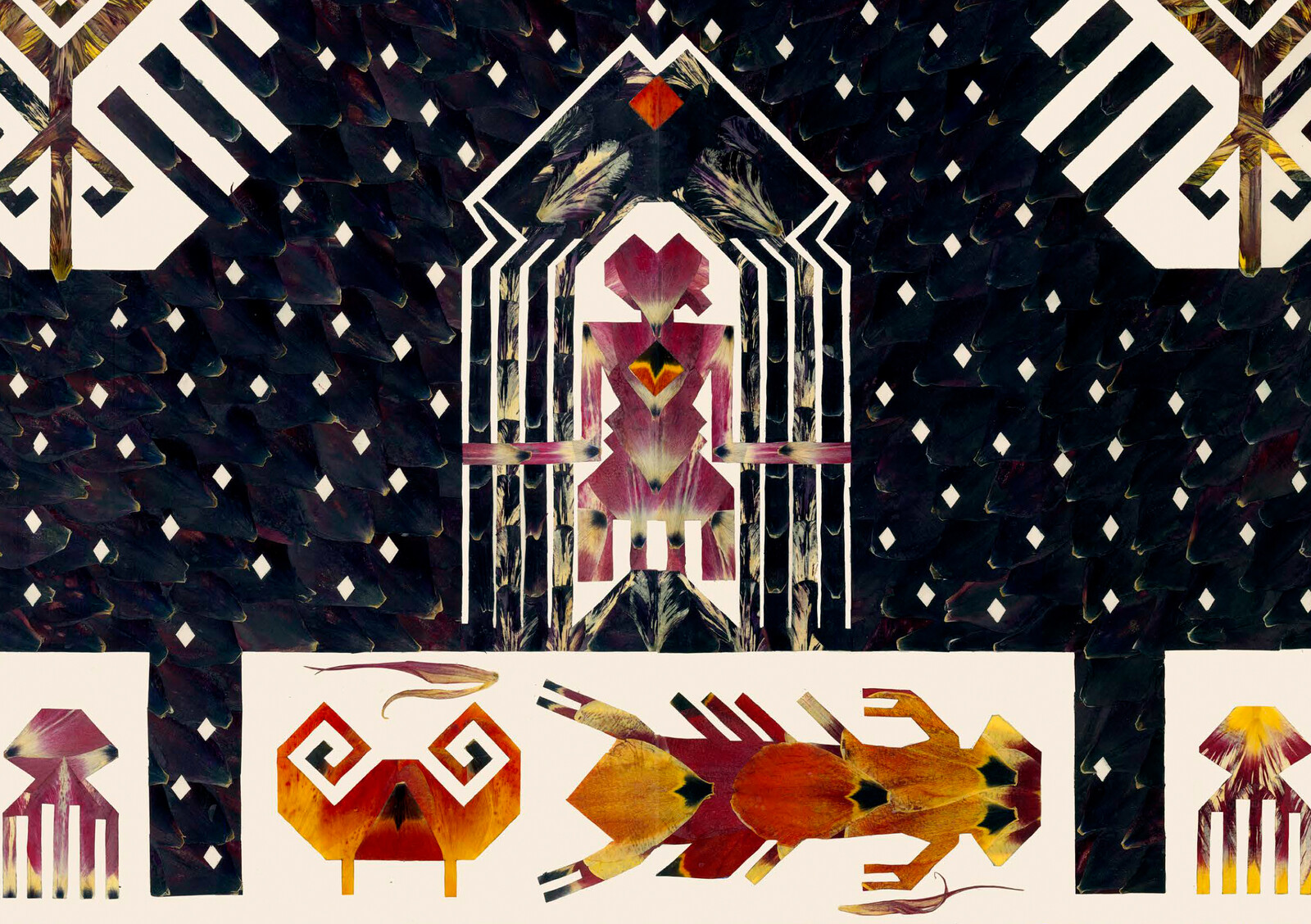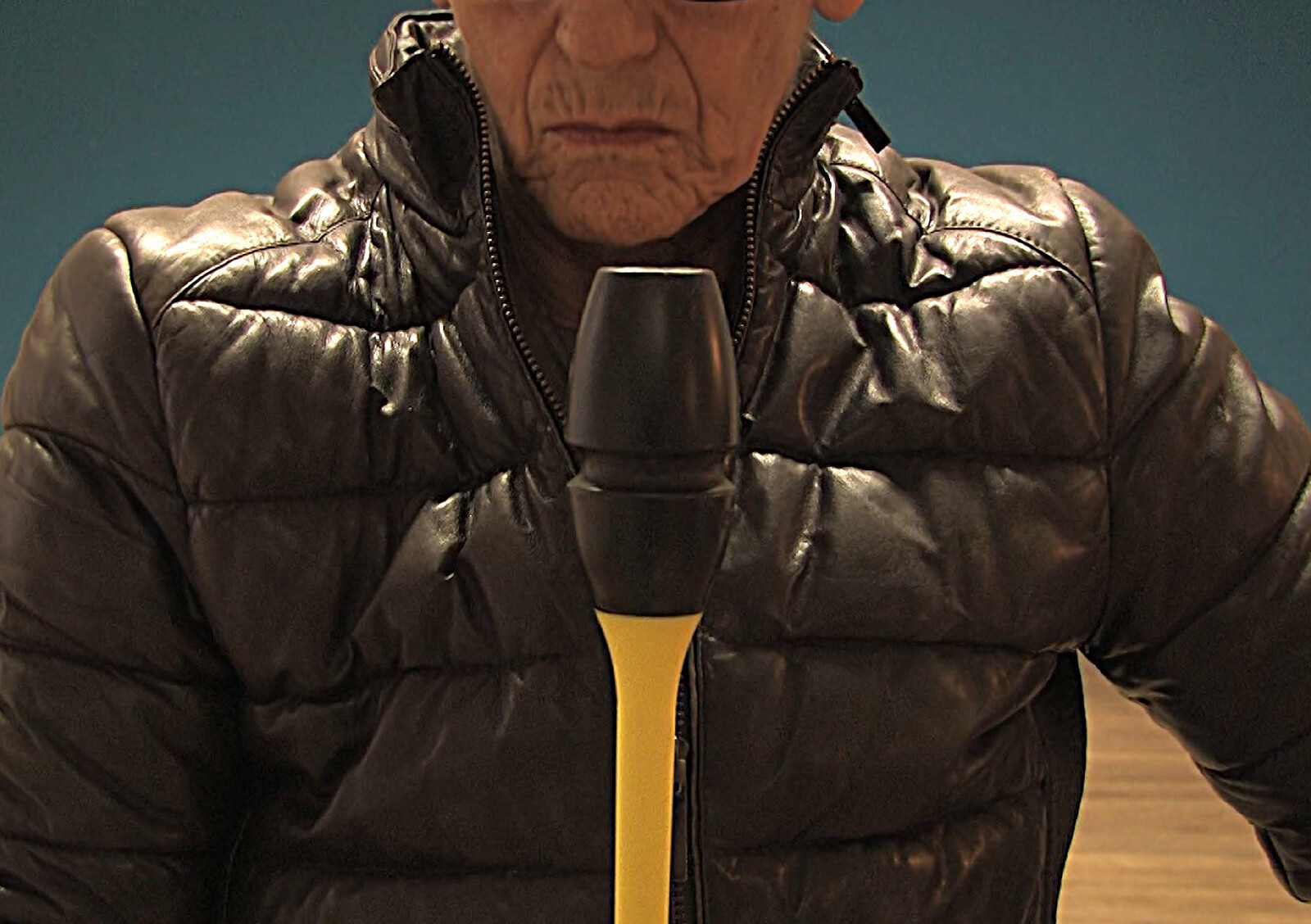Still Shifting, Mother Field
September 16–November 6, 2022
September 16–November 6, 2022
Im Atem der Zeit (In the Breath of Time)
June 29–November 6, 2022
Friedrichstraße 12
1010 Vienna
Austria
Hours: Tuesday–Sunday 10am–6pm
T +43 1 587530710
F +43 1 587530734
presse@secession.at
Jennifer Tee: Still Shifting, Mother Field
In her exhibition Still Shifting, Mother Field, Jennifer Tee probes the question of how we can return to—or redefine—humanity’s place in our natural environment and the cosmos. Her works—most of them created specifically for this presentation—are characterized by her experimental use of a wide variety of creative techniques. Tee’s collages and sculptures including ceramic domes, knitted floor objects, and textile shells activated in weekly performances, are imbued with a quest for a spiritual dimension in art. Taking inspiration from the idea of the transmigration of the spirit or the lost soul, she puts a particular focus on forms of transition, the passages and processes of ongoing and incessant change.
The exhibition’s point of departure is the series of Tampan Tulips, which Tee has developed since 2016 and now presents for the first time in an extensive assembly. The motifs of these collages made of pressed tulip petals are based on tampan fabrics, ceremonial cloths from where they were exchanged in rates of passage. The ship is a central motif in the emblematic representations woven into the cloths, sailing toward another world with a company of humans, animals, and plantlike shapes. The geometric and often mirror-symmetric patterns visualize the orders of society as well as the universe and are seen as portals leading from the material to the spiritual world. By joining the Sumatran tradition of tampans to the tulip and its cultural history, Tee’s collages evoke a multiplicity of new narratives that refer to global networks and the exchanges and transfers of culture, nature, and commodities they power as well as to migration and intercultural identities.
Jennifer Tee, born 1973 in Arnhem, lives and works in Amsterdam.
Performances: Every Sunday at 11am while the exhibition is on view. Duration ca. 45 min.
Commissioned and produced by Secession, Vienna and Kunstinstituut Melly, Rotterdam.
Anna Daučíková
“I.
My mental body seeks for a language, it seeks for speaking hands, hips, ears, feet in all their reappearances. Its grammar is concave and convex, the gesturing is syntax.” (AD)
Anna Daučíková is a pioneer of feminist-queer art in Slovakia and the Czech Republic. Teaching for many years at art academies in Bratislava and Prague, and in recent years at the Salzburg Summer Academy, she counts to the most influential forward thinkers in the area of queer theory and practice.
After completing her studies at the Academy of Fine Art Bratislava in 1978, she moved to Moscow (then USSR) in the early 1980s. Returning to Bratislava in 1991, Daučíková ran the art section in the feminist journal ASPEKT. Her artistic practice moved from studio work while she joined in performance art events, widely organized in the Slovak art scene in the mid-1990s. In her video art, the engagement of the artist’s body and bodily action projected on the screen became her main concern, presenting feminist and queer statements. Over the last five decades, the artist has developed a comprehensive oeuvre that comprises painting, photography, collage, film, and sculpture. She has developed a practice that explores the concept of the “mental body,” a result of her preoccupation with what she has coined as “in-betweenness” to express and negotiate her transgender identity.
Two recent video works, not yet shown in a European context, which negotiate or attempt to manifest this concept, form the thematic framework of the exhibition. At the center of both works is the search for a prototypical, non-verbal language. Executed through gestures and bodily-rhythmic movement sequences, it works on a meta-level that blurs clearly defined, and thus constricting, attributions of meaning.
In the video So One and So Mine II (2022), presented on four monitors, Daučíková can be seen exercising, or rather embodying, her idea of the “mental body”. She acts in front of and for the camera, which she also directs. In Talking to you (2021), a video work created in the context of the Jakarta Biennial, Daučíková and Tamarra, a queer artist living in Jakarta, meet via screen in a gestural exchange about notions of in-betweenness. These central video works are flanked by Daučíková’s earlier photo series, in which physical gestures or their content-related charges are the focus of the pictorial analysis.
“ES_I found gratification in spotting forms that come from gestures and sounds, from well-nigh words… and saw, all together it creates the ‘me’.” (AD)
Anna Daučíková, born 1950 in Bratislava, Slovakia (then Czechoslovakia), lives and works in Prague, Czech Republic.
Lieselott Beschorner: Im Atem der Zeit (In the Breath of Time)
Lieselott Beschorner has made art for over seven decades and been a member of the Vienna Secession for just as long. When she was admitted to the Association of Visual Artists in 1951, she was among the first women members: the Secession, which had been founded in 1897, had remained a male preserve until shortly after the war. Only a few years later, in 1954, Beschorner presented her first solo exhibition at the Secession, followed by solo shows in 1966 and 1972, and her work was included in group exhibitions on a regular basis until the mid-1970s. Around that time, the artist took up teaching at a vocational school (she would continue to do so for over thirty years); meanwhile, new tendencies emerged that vied for attention, and her art faded from the spotlight. Undeterred, Beschorner kept making art with the means at her disposal, building an oeuvre that is as complex as it is eclectic: her output ranges from abstract paintings to expressively representational drawings and collages, from ceramics and textile works—including the body of work that is probably most widely known today, the Puppas—to her most recent sculptures, like the BehuteteKopffiguren (Hatted-Head Figures), and a vast trove of drawings on the ubiquitous subject of the virus, among them the cycle of WeinendeOmnichronisten (Weeping Omnichroniclers). The unifying theme that holds these diverse facets of her oeuvre together is the grotesque.
Many of Lieselott Beschorner’s works and techniques anticipated achievements of later generations of women artists, as in the art of Sarah Lucas or Annette Messager; her Puppas even antedate Louise Bourgeois’ ragdolls. The public had few opportunities to take note of her evolving art until a decade ago, when her work was showcased at MUSA. The Secession is excited to host her exhibition Im Atem der Zeit (In the Breath of Time). Featuring recent creations as well as selected pieces from earlier periods of her oeuvre, it illustrates that Beschorner’s work has lost none of its vitality and still speaks powerfully to contemporary concerns.
Lieselott Beschorner, born 1927 in Vienna, lives and works in Vienna.
The exhibition by Lieselott Beschorner will be extended until November 6, 2022.
The exhibition program is conceived by the board of the Secession.
Opening program
Press conference: Wednesday, September 14, 11am
Opening: Thursday, September 15, 7pm / 6pm, performance accompanying Still Shifting, Mother Field by Jennifer Tee and Miri Lee.





